Flower Garden Timeline: Here’s How to Know What to Plant & When

A flower garden can add colour, fragrance, and beauty to your yard. Knowing when to plant is essential. You should also know if your flowers are annuals or perennials, and if they’re best grown from seed, bulb, pot, or exposed root. Flowers that are started inside need to be transplanted outdoors at the right time to ensure healthy growth. Whether you’re just starting out or an experienced gardener, the tips below will help keep your flower garden looking fantastic.
Starting Your Flower Garden
If you’ve never had a flower garden before a little pre-planning will help set you up for success. If you’re including raised planters or outdoor planter pots sketch out their location in advance. For your inground bed, you can use a garden hose to lay out the size, shape, and location of the bed in your yard. Then edge out the perimeter with a garden spade. A wheelbarrow will come in handy if you have to lift up any grass sod. Even if you plan on pursuing a “no-till” approach over time you might benefit from an initial soil tilling, especially if the soil is clay or otherwise compacted. Smaller beds can be tilled manually with a garden hoe and landscape rake. For a bigger bed, you may want to use a powered garden tiller. Be sure to mix in some organic material such as compost or manure. Here’s a few more tips to help you get started:
Find out which flowers best suit the growing conditions for your area
Learn what the first and last frost dates are for your climate zone
Seek out advice at local flower shows, greenhouses, and garden centres
To ensure maximum sun exposure plant tall flowers in the back, medium in the middle, and short in the front
Plant shade-tolerant flowers like impatiens, pansies, and begonias in areas that do not get full sun
Don’t plant annuals too close together or they may become crowded and not grow
Choose colours that will accent the colour of your home’s exterior
Create colour themes in different areas of your garden
If you have a vegetable garden plant flowers that are pollinators such as dahlias, daisies and coneflowers
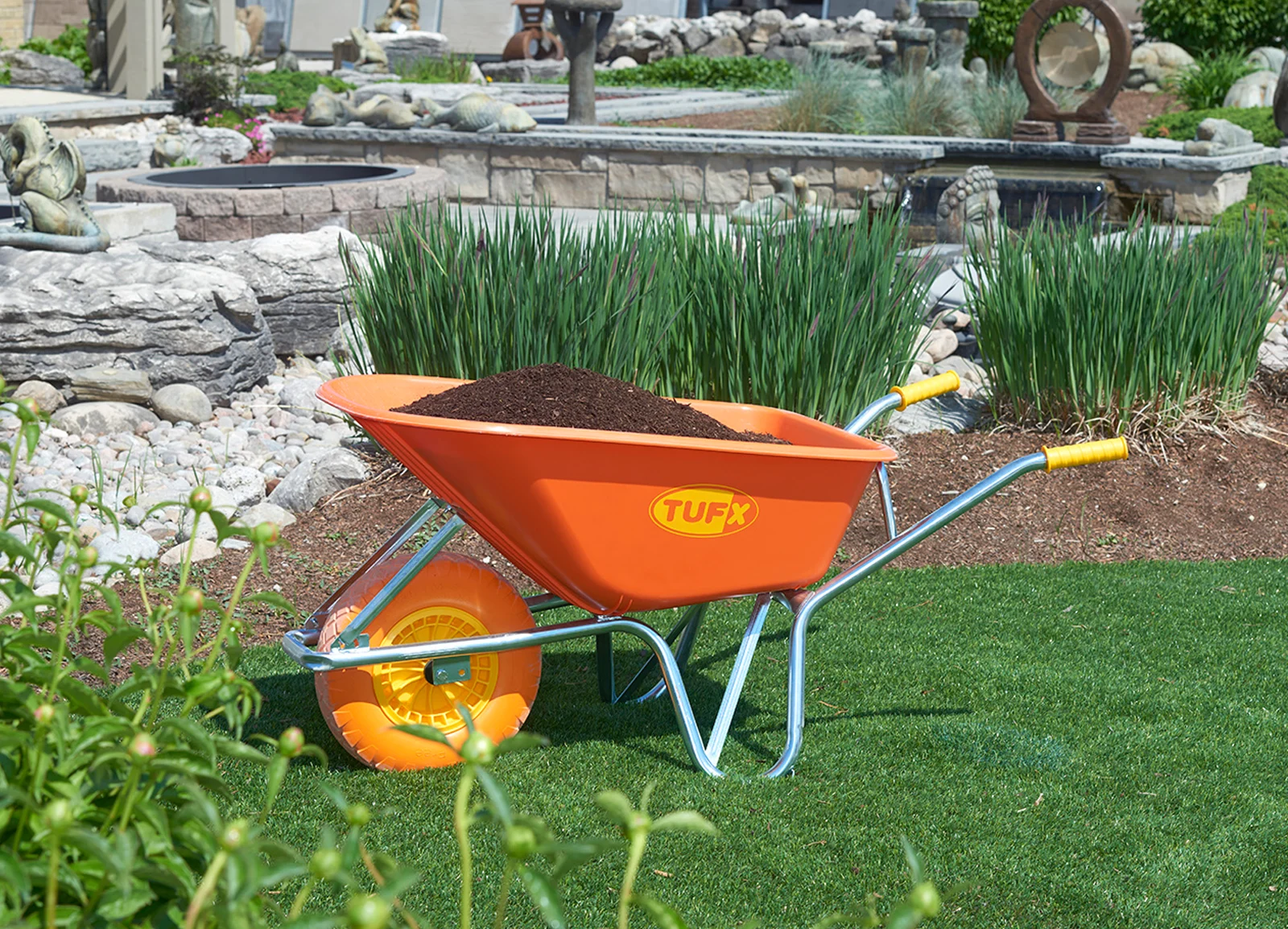
When to Start Your Annual Flowers
Flower Variety | Number of Weeks to Seed Start | When to Transplant Outside Before Last Frost Date |
|---|---|---|
Allium | 6-8 weeks | Last frost date |
Ageratum | 6-8 weeks | Last frost date |
Alyssum | 6-8 weeks | 1-2 weeks before last frost |
Aster | 6-8 weeks | Last frost date |
Bachelor Button | 6-8 weeks | Last frost date |
Calendula | 6-8 weeks | 1-2 weeks before last frost |
Celosia | 8-10 weeks | 1-2 weeks before last frost |
Cosmos | 6-8 weeks | 1-2 weeks before last frost |
Delphinium (annual) | 6-8 weeks | 1-2 weeks before last frost |
Gomphrena | 6-8 weeks | Last frost date |
Impatiens | 8-10 weeks | Last frost date |
Marigolds | 6-8 weeks | Last frost date |
Nicotiana | 6-8 weeks | Last frost date |
Petunia | 8-10 weeks | Last frost date |
Phlox (annual) | 8-10 weeks | Last frost date |
Salvia (annual) | 6-8 weeks | Last frost date |
Snapdragon | 8-10 weeks | Last frost date |
Strawflower | 6-8 weeks | Last frost date |
Verbena | 8-10 weeks | Last frost date |
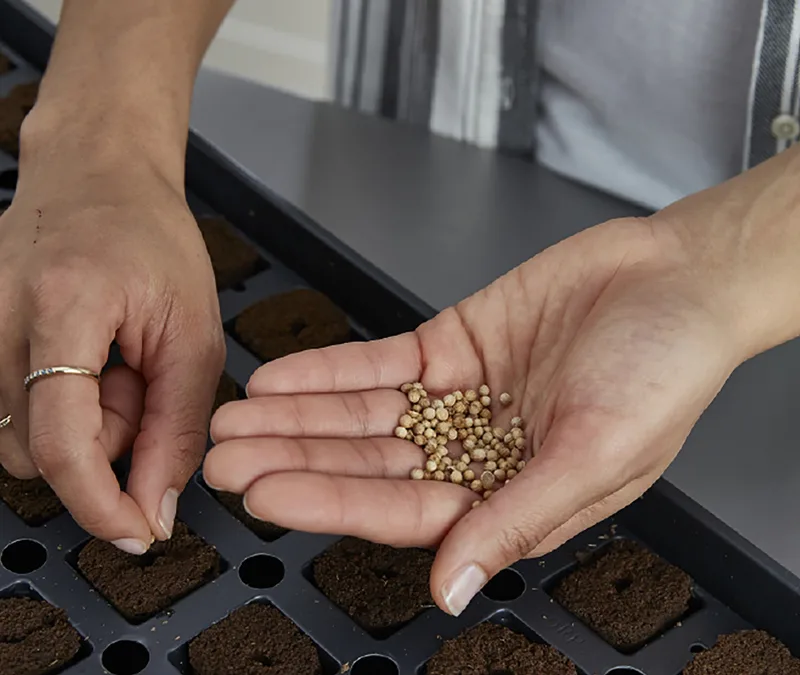
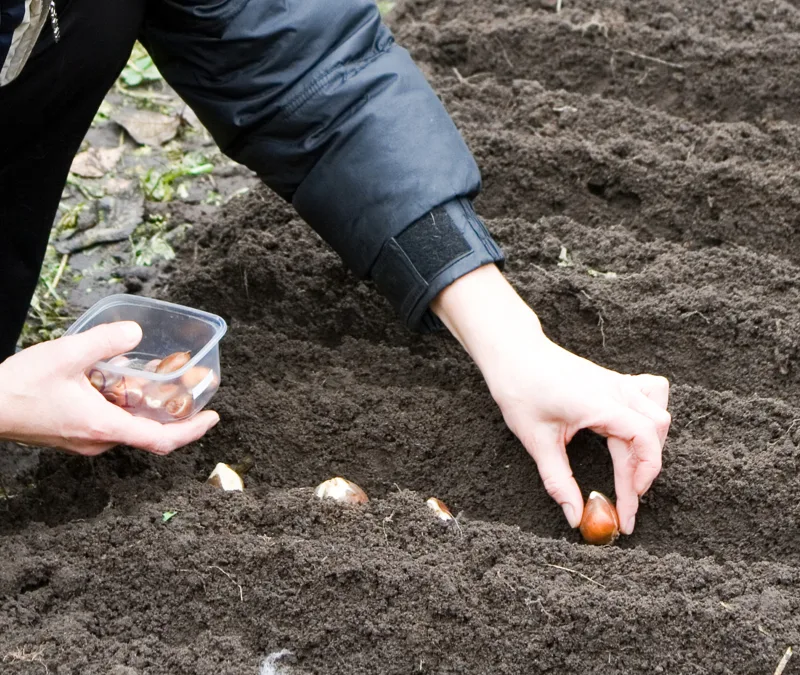
When to Plant Your Bulbs
Spring-Flowering Bulbs to Plant in the Spring
Allium
Anemone
Bluebell
Crocus
Daffodil
Daylily
Fritillaria
Glory-of-the-Snow
Hyacinth
Iris
Snowdrop
Squill
Tulip
Summer-Flowering Bulbs to Plant in the Fall
Begonia (tuberous)
Caladium
Calla Lily
Canna
Crocosmia
Dahlia
Daylily
Elephant Ear
Freesia
Gladiolus
Iris
Lily (Asiatic)
Perennial Flowers
Unlike annual flowers, perennials can survive two or more years, dying back in winter and coming back to life in spring. Most perennials will bloom the same year they are planted, while others may not bloom until year two—especially when planted later in the growing season.
Perennials are best started in the spring as some seeds need a period of cold temperatures to germinate. Mature perennial plants from a garden centre should be planted in the fall at least six weeks before your first frost date so they can settle in before winter.
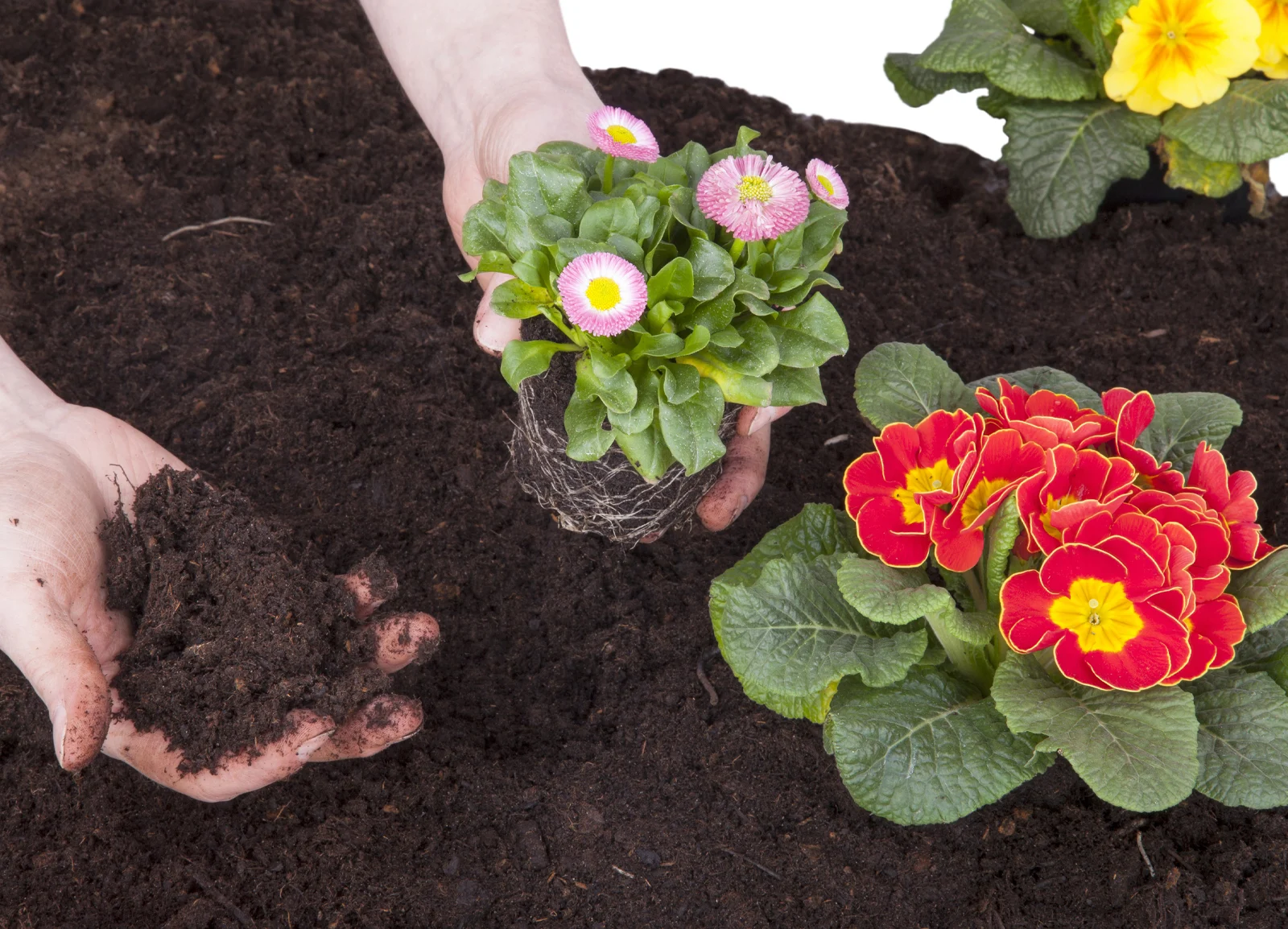
Flower Variety | Number of Weeks to Seed Start Before Last Frost Date | When to Transplant Outside |
|---|---|---|
Anise Hyssop | 8-10 weeks | Last frost date |
Bee Balm | 8-10 weeks | Last frost date |
Black-Eyed Susan | 8-10 weeks | 1-2 weeks before last frost |
Catmint | 8-10 weeks | Last frost date |
Columbine | 8-10 weeks | Last frost date |
Coneflower (Echinacea) | 8-10 weeks | Last frost date |
Coreopsis | 8-10 weeks | Last frost date |
Daisy | 10-12 weeks | 1-2 weeks before last frost |
Delphinium (perennial) | 10-12 weeks | 1-2 weeks before last frost |
Dianthus | 10-12 weeks | 1-2 weeks before last frost |
Foxglove (Digitalis) | 10-12 weeks | 1-2 weeks before last frost |
Gaillardia | 8-10 weeks | Last frost date |
Helianthus | 8-10 weeks | Last frost date |
Hibiscus | 8-10 weeks | 1-2 weeks before last frost |
Hollyhock | 8-10 weeks | Last frost date |
Milkweed | 10-12 weeks | 1-2 weeks before last frost |
Phlox (perennial) | 10-12 weeks | 1-2 weeks before last frost |
Thyme | 8-10 weeks | Last frost date |
Viola | 8-10 weeks | 1-2 weeks before last frost |
Yarrow | 8-10 weeks | Last frost date |
Flowering Shrubs
Flowering shrubs are also perennials but are not usually grown from seed. You can find them at your local garden centre potted in soil or even as bare root plants. Flowering shrubs can work as groundcovers, hedge plants or eye-catching focal points. Most varieties should be planted in early spring after your last frost date. Depending on the shrub, bloom times can vary from early spring to late fall. Some, like hydrangea and roses, can bloom in summer and last to the end of fall. Try mixing and matching from the list below to help keep your garden in full colour throughout the growing season:
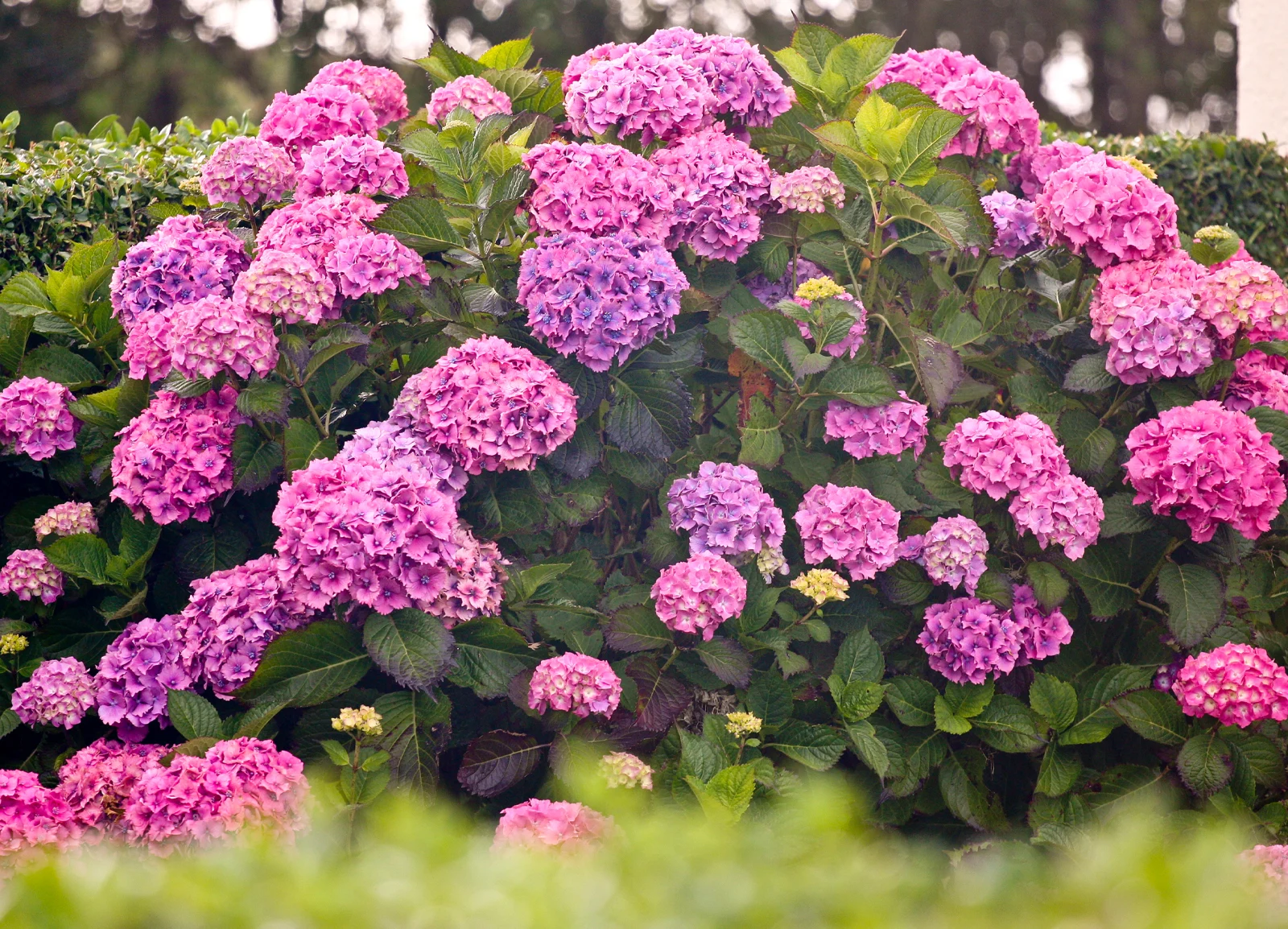
Spring Flowering Shrubs
Azalea
Daphne
Deutzia
Flowering Quince
Forsythia
Korean Spice
Lilac
Mahonia
Ninebark
Rhododendron
Weigela
Summer Flowering Shrubs
Butterfly Bush
Buttonbush
Cinquefoil
Hydrangea
Roses
Spirea
Summersweet
Summer Lilac
Fall Flowering Shrubs
Abelia
Camellia
Caryopteris
Hydrangea
Roses
Rose of Sharon
Witch Hazel
Flower gardening is an incredibly rewarding experience and can quickly go from casual pastime to full-on passion. If it’s your first attempt, start small and don't worry about making mistakes. You can always adjust your garden over time, replacing plants that didn't work with new varieties. You’ll soon find your flower-garden groove and be on your way to transforming your plain backyard into a beautiful oasis.